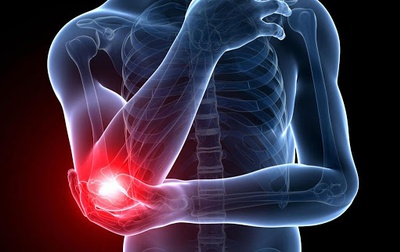
ARTROSCOPY
In the field of Orthopedics and Traumatology, in addition to providing great convenience to the doctor in the diagnosis and treatment of shoulder, elbow, wrist, hip, knee and ankle disorders, it also plays an important role in the patient's comfort and prevention of possible complications (unwanted bad results).
More Info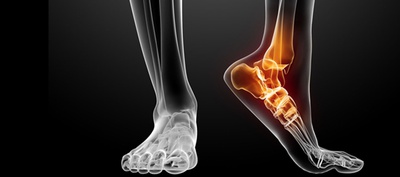
ARTICULAR CARTILAGE RESTORATION
Articular cartilage is the smooth, white tissue that covers the ends of bones inside the joints. It allows the bones to glide over each other with very little friction. Articular cartilage can be damaged by injury or normal wear and tear. When the cartilage is damaged, the joint surface may no longer be smooth. Moving bones alonga tough, damaged joint surface is difficult and causes pain.
More Info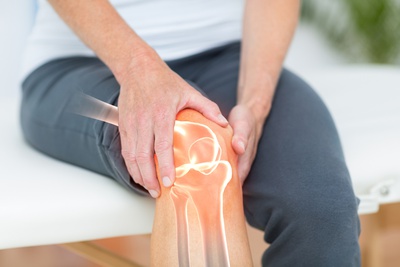
MENISCUS TEARS
Knee joint consists of thighbone, shinbone, patella bone, cartilage tissue that covering the joint surfaces of these bones, medial-lateral meniscus, anterior-posterior cruciate ligaments, and medial-lateral lateral ligaments.
More Info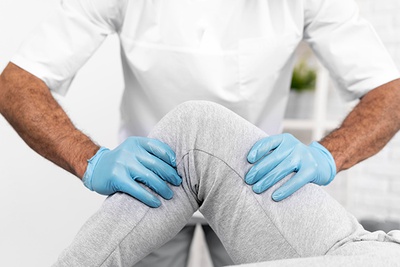
ANTERIOR CRUCIATE LIGAMENT(ACL)
The bone structure of the knee joint is: femur, tibia, and patella. Some part of these bones that makes the joint are covered with cartilage. Between femur and tibia there are two meniscus (medial and lateral) which act as shock absorbers.
More Info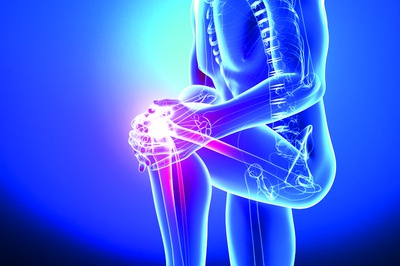
ARTHRITIS OF THE KNEE
Arthritis is inflammation of the joints. Pain, swelling, and stiffness are the primary symptoms. The disease may affect any joint in the body, but it is particularly more common in the knee.
More Info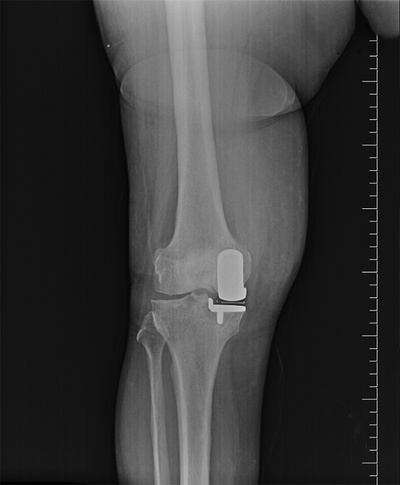
UNICOMPARTMENTAL KNEE REPLACEMENT
During knee replacement surgery, damaged bone and cartilage is resurfaced with metal and plastic components. In unicompartmental knee replacement (also called partial knee replacement) only a portion of the knee is resurfaced. This procedure is an alternative to total knee replacement for patients whose disease is limited to just one area of the knee.
More Info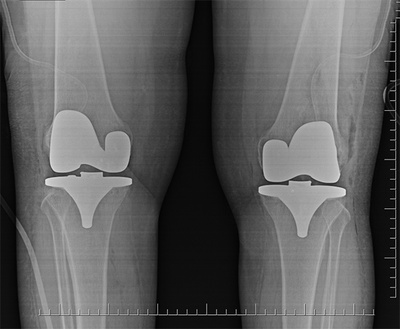
TOTAL KNEE REPLACEMENT
If the knee is severely damaged by arthritis, injury or any reason, it will be hard for the patient to perform simple activities such as, walking, climbing stairs, bending or sitting.If nonsurgical treatments like medications are no longer helpful, that means the patient need total knee replacement surgery. Joint replacement surgery helps the patients to relieve pain and to do daily activities.
More Info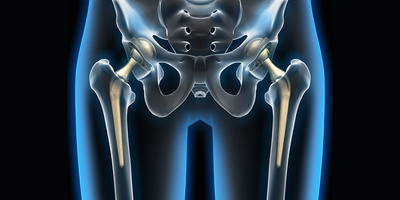
TOTAL HIP REPLACEMENT
If the hip is severely damaged by arthritis, fracture or any other condition, it will be hard for the patient to perform simple activities such as, walking, climbing stairs, bending or sitting. If the hip is stiff, it may be hard to put on the shoes and socks. If nonsurgical treatments like medications are no longer helpful, that means the patient needs total hip replacement surgery. Joint replacement surgery helps the patients to relieve pain and to do daily activities.
More Info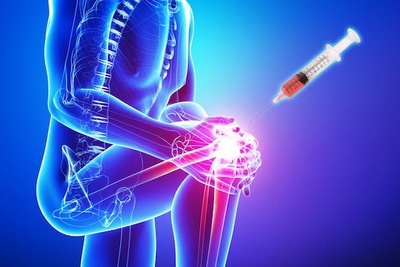
PLATELET-RICH PLASMA (PRP)
The blood mainly contains small solid components (red cells, white cells, and platelets) and also liquid (called plasma). The main mission of platelets is clotting the blood. However, platelets also contain hundreds of proteins called growth factors, which are very important in the healing of injuries.
More Info
ROTATOR CUFF TEARS
A rotator cuff tear is a common cause of pain and disability among adults. A torn rotator cuff will weaken the patient’s shoulder because it will be painful and difficult to do many daily activities, like combing the hair or getting dressed for the patient.
More Info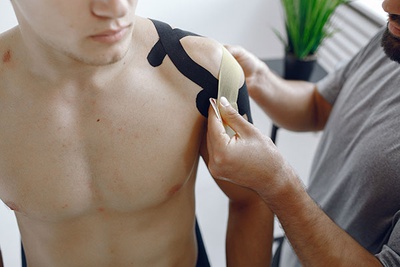
FROZEN SHOULDER
Frozen shoulder, also called adhesive capsulitis, causes pain and stiffness in the shoulder. The shoulder capsule thickens and becomes stiff and tight. Thick bands of tissue is also called adhesions. Over time, the ROM (Range of motion) of the shoulder becomes very hard to move. Either the patient or with help of someone else it is not possible to move the shoulder. Frozen shoulder most commonly affects people between the ages of 40 and 60, and occurs in women more often than men. At the beginning the symptoms are worse. After a period the symptoms get better but it may take up to 3 years.
More Info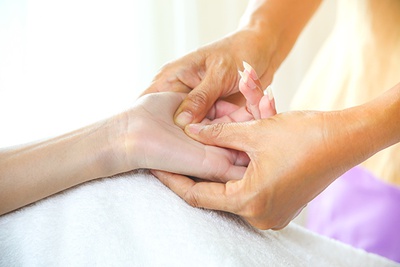
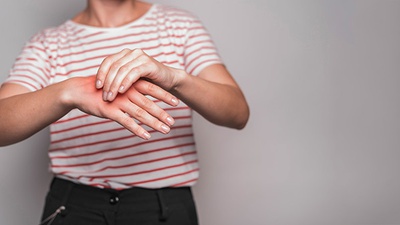
ULNAR NERVE ENTRAPMENT AT THE ELBOW (CUBITAL TUNNEL SYNDROME)
Ulnar nerve entrapment occurs when the ulnar nerve in the arm becomes compressed or irritated. The ulnar nerve is one of the three main nerves in the arm. It travels from the neck down into your hand.
More Info
MORTON NEUROMA
Morton's neuroma occurs as a result of thickening of one or more of the nerves going to the toes or the thickening of the ligament between the nerves' phalanx bones and compressing the nerve. It is usually between 3-4 fingers.
More Info© COPYRIGHT 2025 ALL RIGHTS RESERVED
Privacy Policy